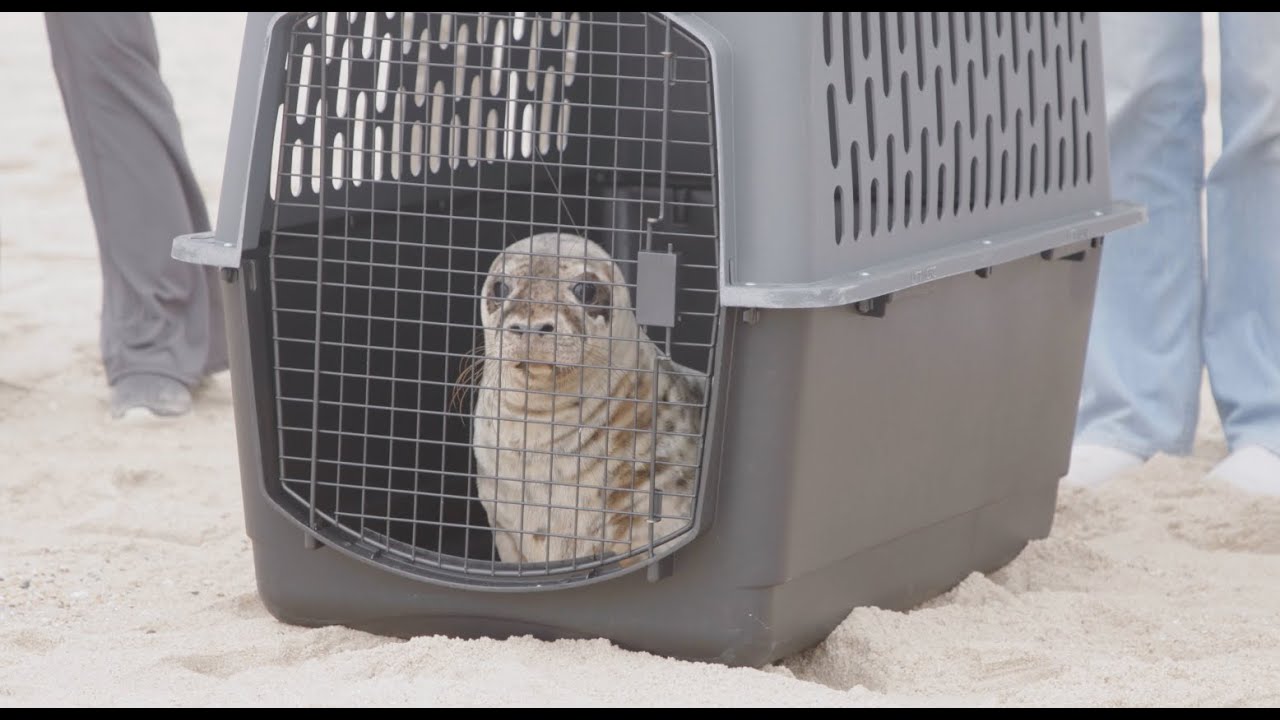– The journey of Selkie, the rescued seal from rehabilitation to release into the wild
– The role of wildlife conservation efforts in saving marine life
– The importance of public awareness and education in marine conservation
– Strategies used by zoo and wildlife management in rehabilitating marine animals
The release of Selkie, a rehabilitated seal, back into the wild marks a significant success story in wildlife conservation. This event symbolizes hope for endangered marine species and showcases the critical role of zoo management and wildlife conservation efforts in nurturing and preserving our planet’s biodiversity.
Selkie’s journey from rescue to release is a compelling survival, care, and freedom narrative. Rescued from a dangerous situation that left her vulnerable and in dire need of medical attention, Selkie’s story begins with the dedication of wildlife experts and volunteers. These individuals work tirelessly, often behind the scenes, to ensure creatures like Selkie have a fighting chance. Rehabilitation involves a series of systematic steps, including medical treatment, gradual acclimatization to natural behaviors, and monitored feeding sessions to ensure the animal can survive independently in the wild. This process is not just about healing wounds but equipping these animals with the skills they’ll need to flourish again in their natural habitats.
Wildlife conservation efforts are pivotal in the success stories of animals like Selkie. These initiatives encompass various strategies, from direct intervention and rehabilitation of individual animals to broader conservation programs to protect habitats and ecosystems. Conservationists work with a sense of urgency, knowing that each species plays an essential role in the delicate balance of our ecosystems. Efforts to save marine life have become increasingly important as the oceans face unprecedented challenges from pollution, overfishing, and climate change. Programs that focus on rehabilitation, like those leading to Selkie’s return to the wild, are vital for the animals they save and the health of our planet as a whole.
Public awareness and education are indispensable components in the fight for conservation. Stories like Selkie captivate the public’s attention and highlight the intricate bond between humans and nature. They serve as powerful reminders of human activity’s impact on wildlife and the importance of coexisting harmoniously with our natural surroundings. Through educational programs, documentaries, and hands-on experiences, conservation organizations aim to foster a deeper understanding and appreciation for marine life, encouraging proactive engagement in conservation efforts.
Zoo and wildlife management is critical in rehabilitating marine animals like Selkie. These institutions often serve as the bridge between distressed wildlife and their eventual return to the wild. Expert caregivers utilize advanced medical treatments, specialized diets, and enrichment activities to mimic natural behaviors, all aimed at preparing animals for successful reintegration into their natural habitats. Collaboration with conservation organizations ensures that these efforts are part of a larger strategy to preserve biodiversity and ecological equilibrium.
Selkie’s return to the wild is a poignant testament to what can be achieved when dedicated professionals and informed communities come together for a common cause. Her story exemplifies nature’s resilience and conservation efforts’ transformative power. As Selkie swims back into the ocean, she carries with her the hope for a future where humanity and the natural world thrive. We can make this hope a reality for countless other animals in need through continued commitment to conservation and education. The release of rescued seals like Selkie emphasizes the success of rehabilitation initiatives. It marks a positive step forward in the ongoing battle to protect and preserve our planet’s incredible marine life.
*****
Source Description
Last week we returned grey seal Selkie to the ocean at Assateague State Park. Rescued as a pup at only one week old in February, she made steady progress under our team’s care. Everyone wish Selkie good luck on the rest of her journey! 🦭
(All National Aquarium stranding response and seal rehabilitation activities are conducted under NOAA permit 18786-04.)
MB01H4WY88SH0HL


